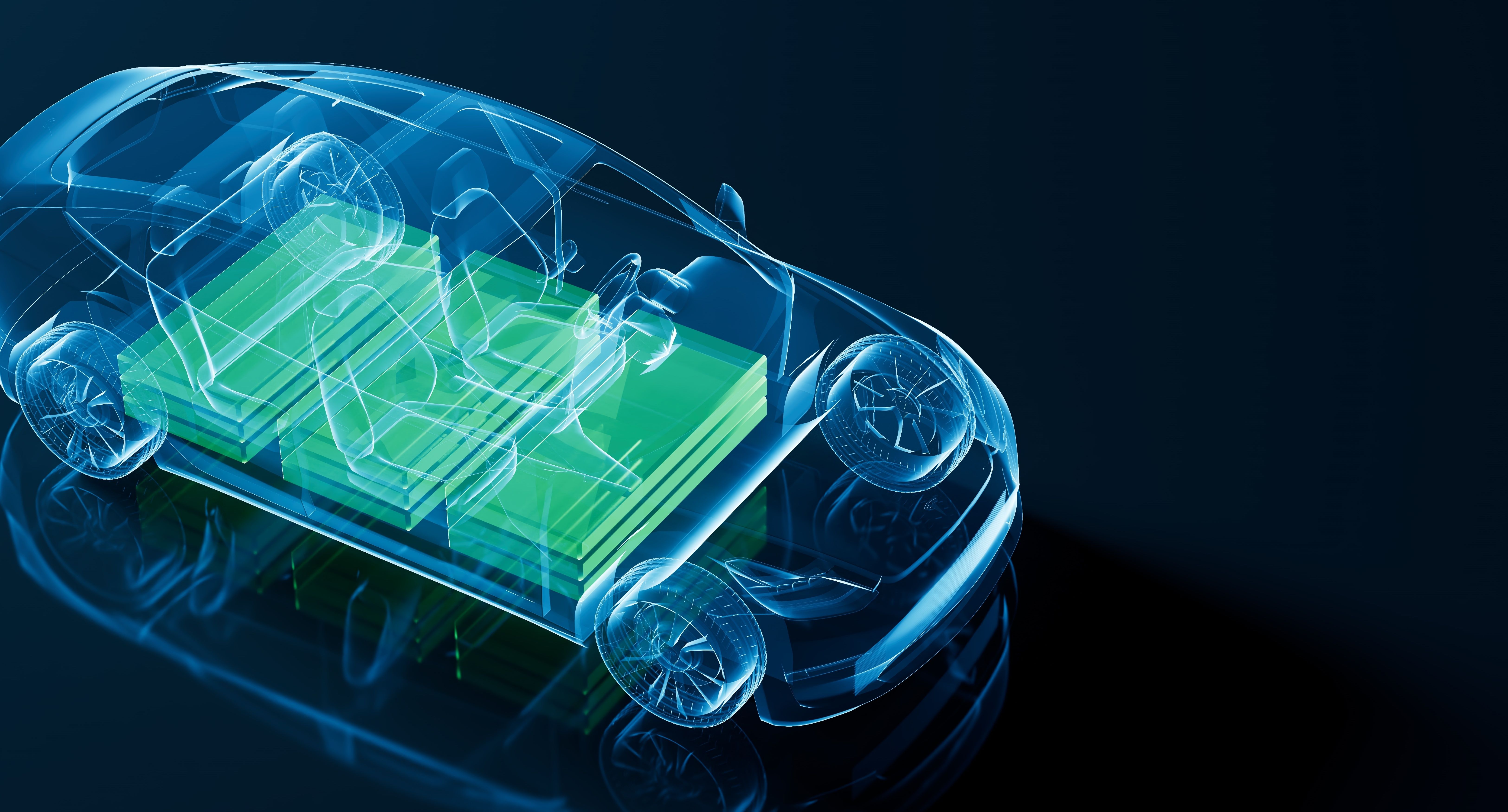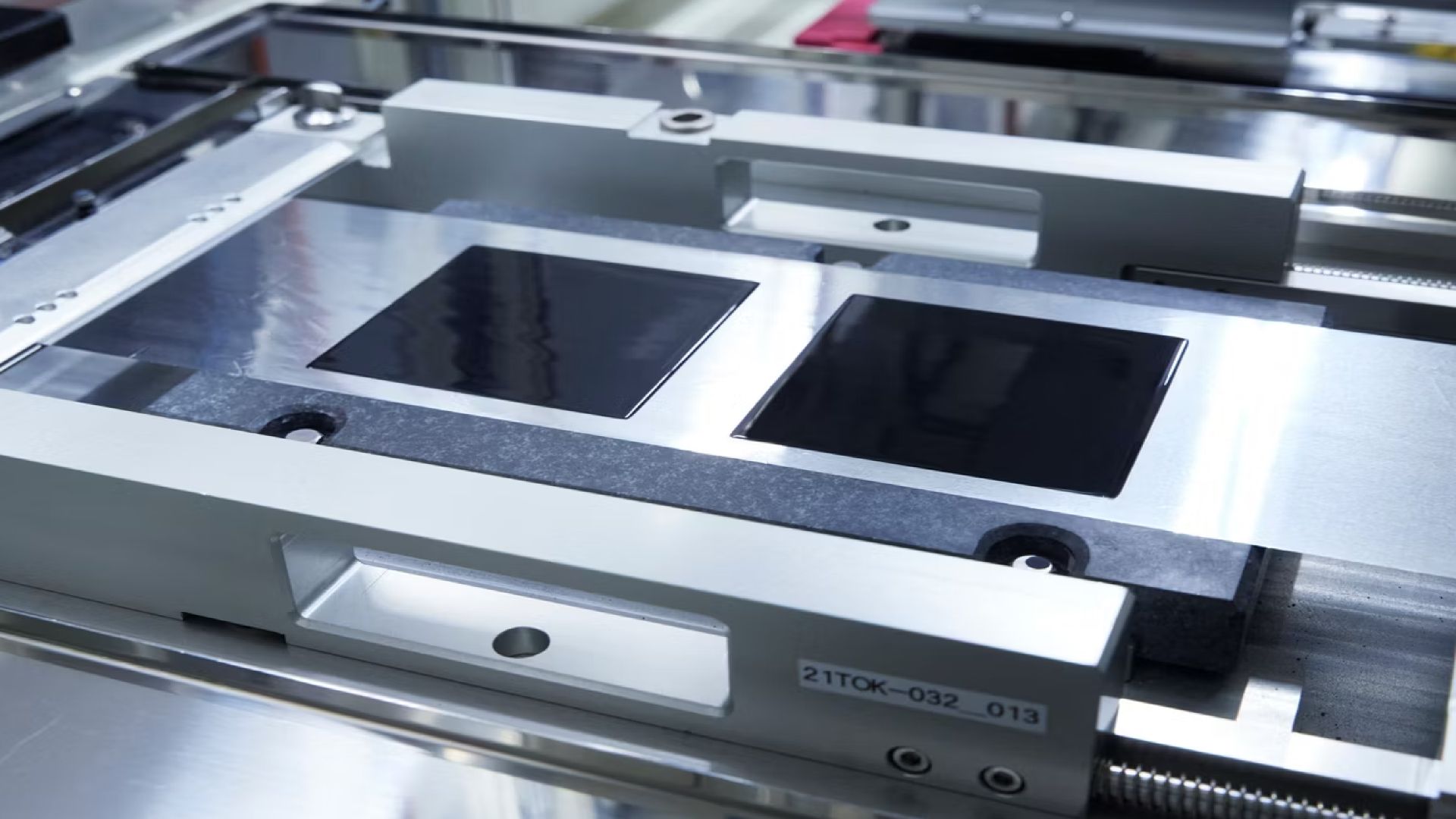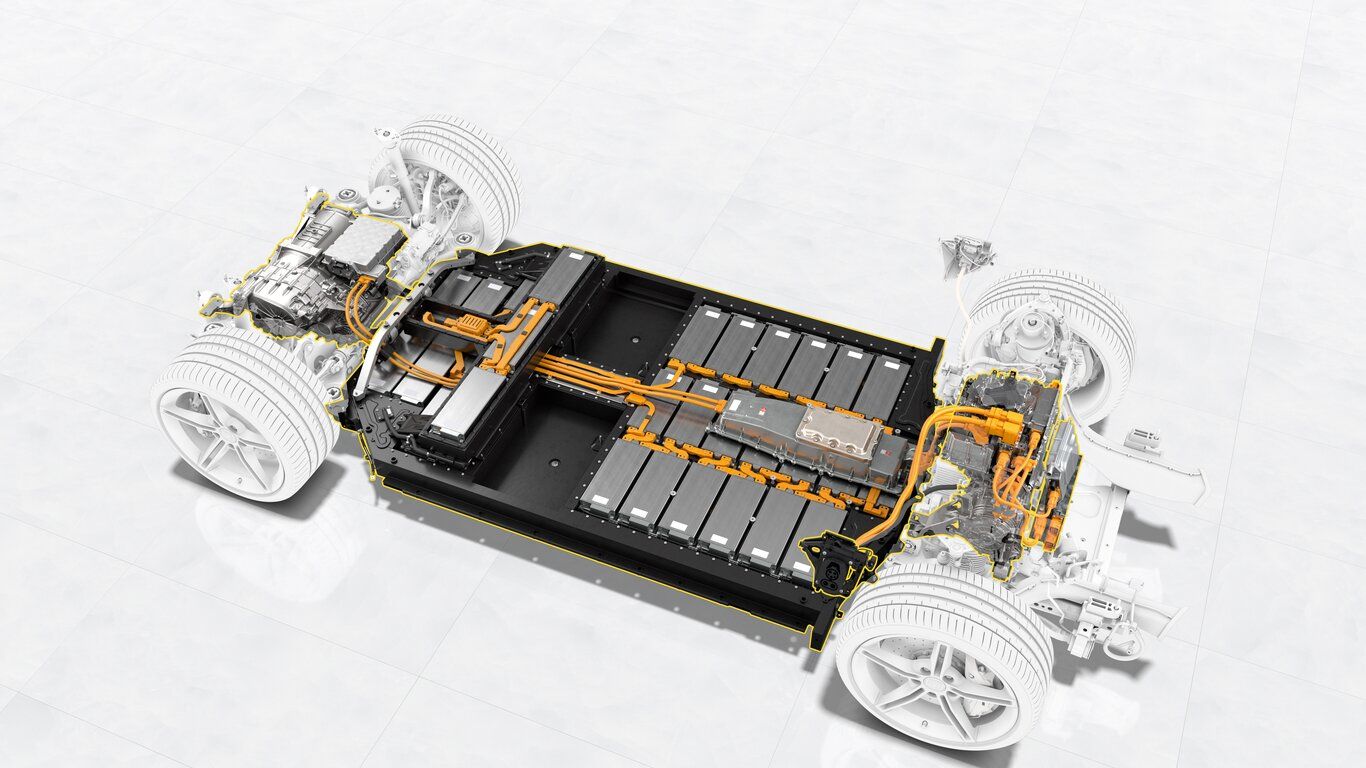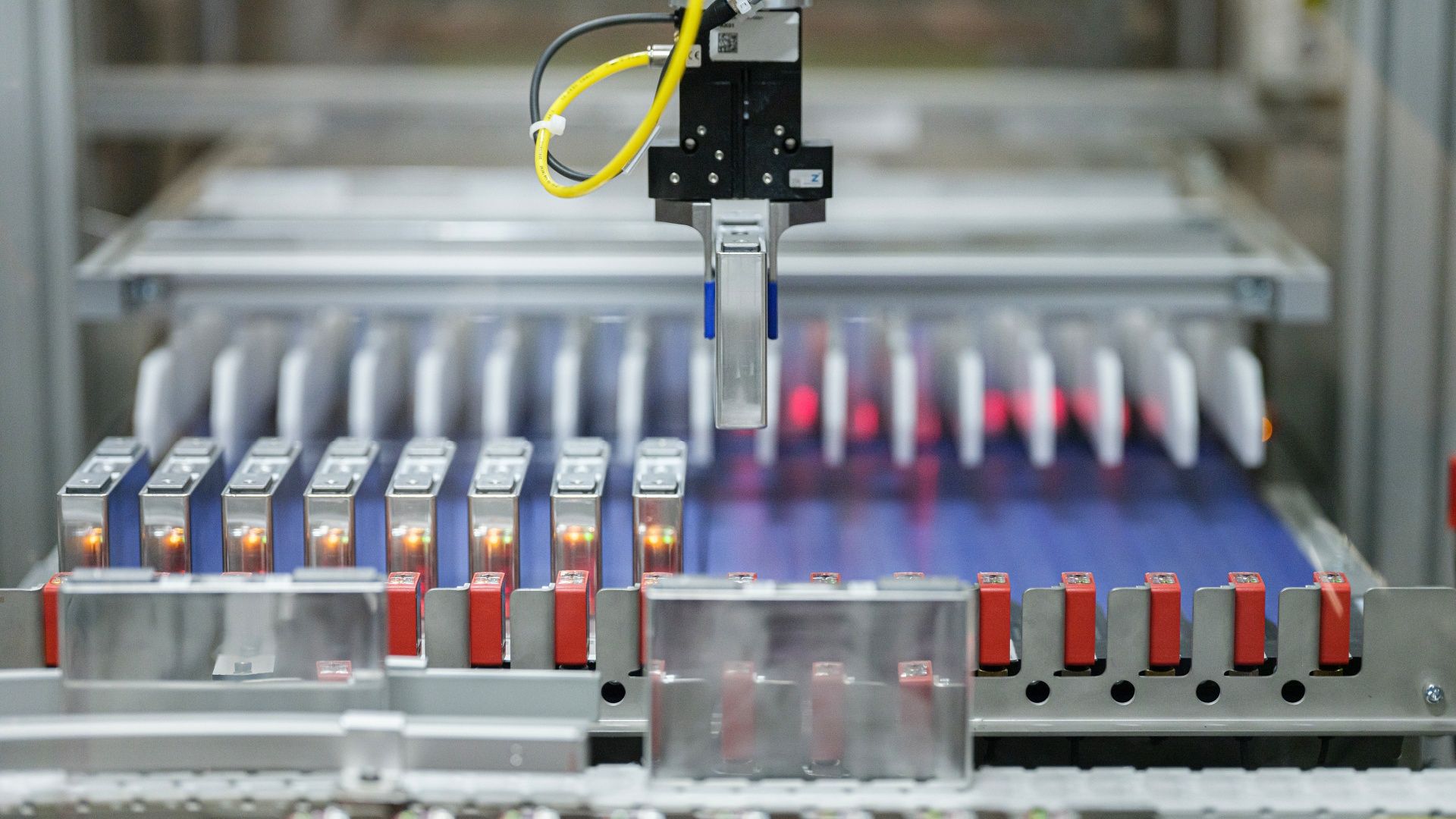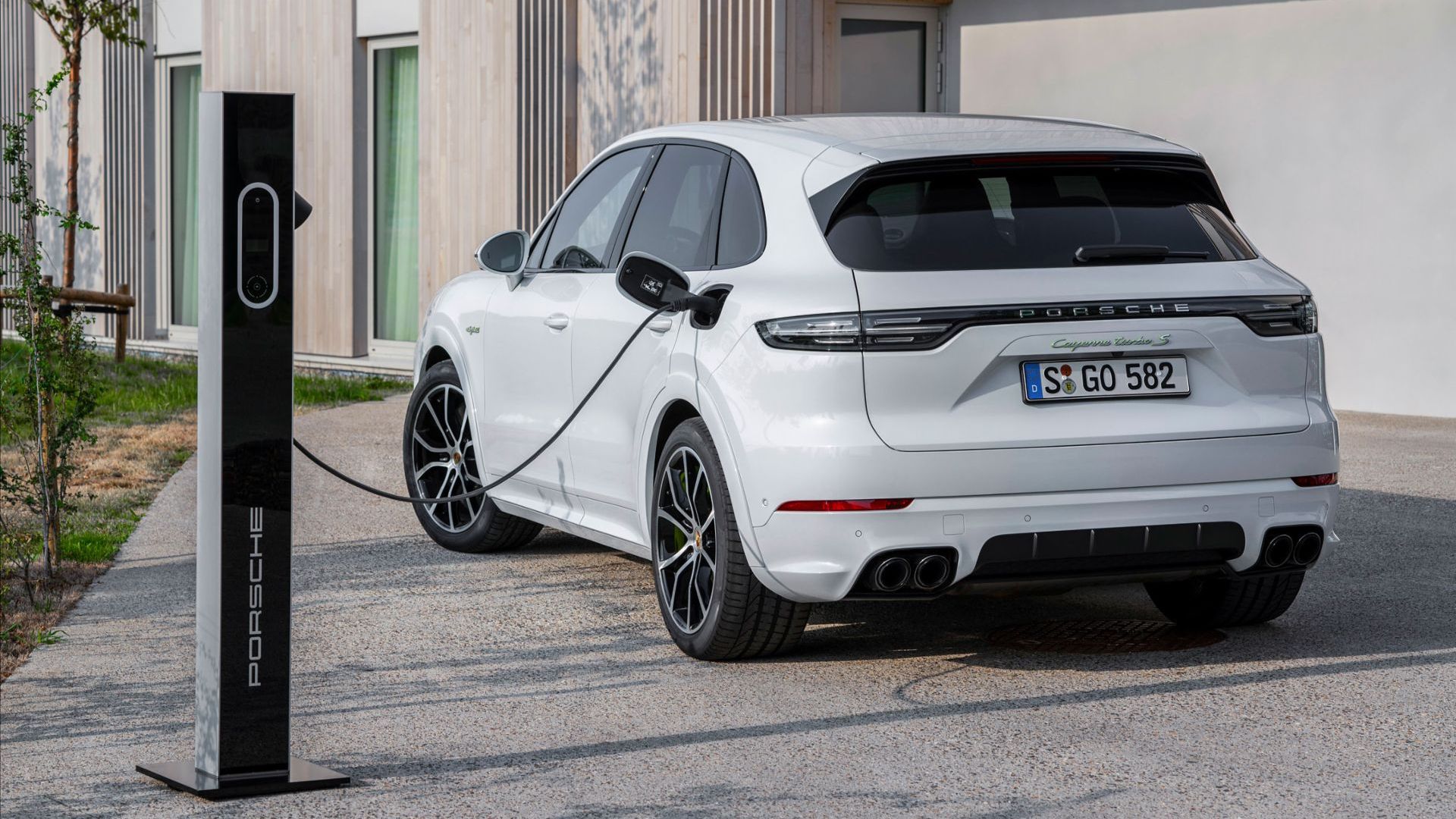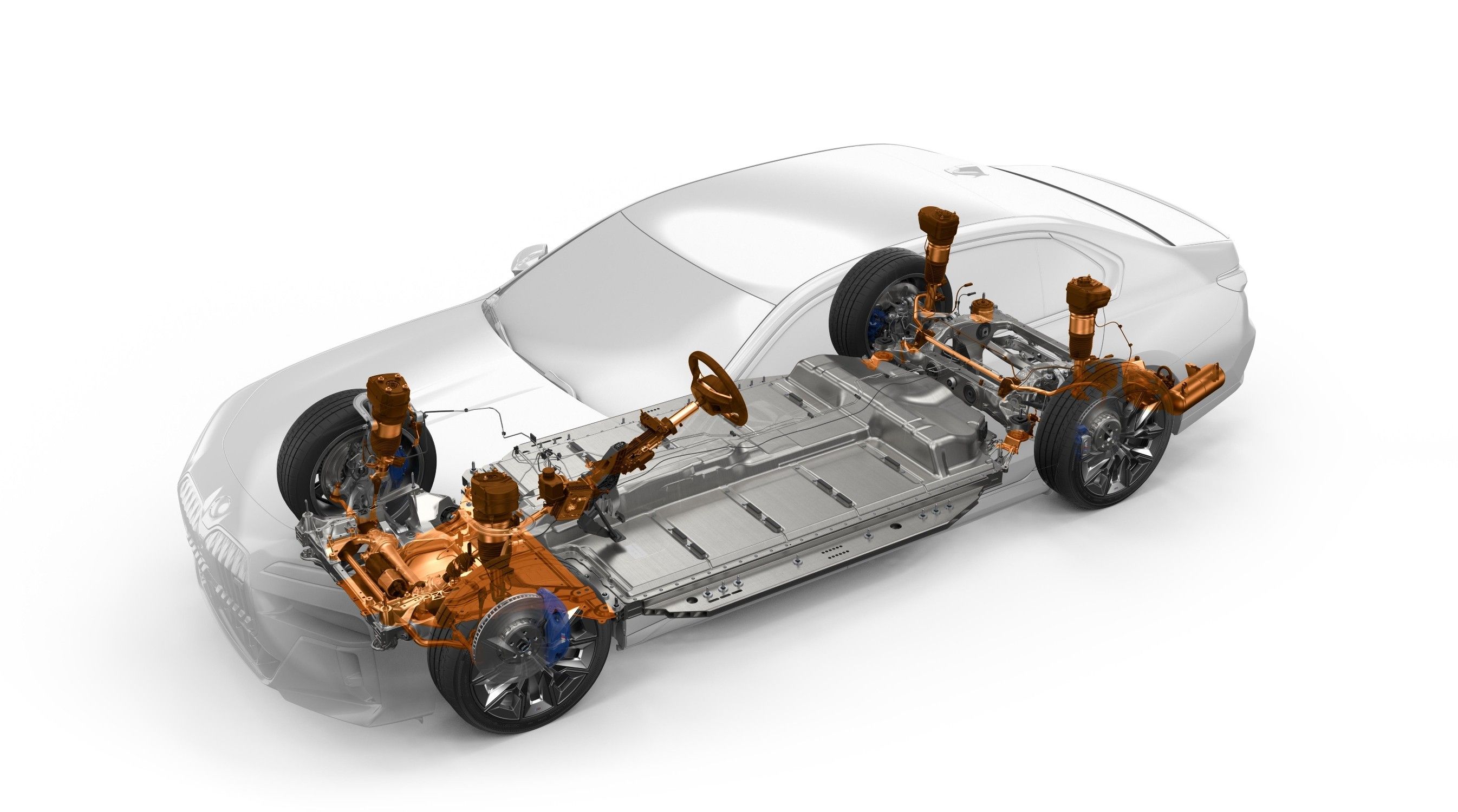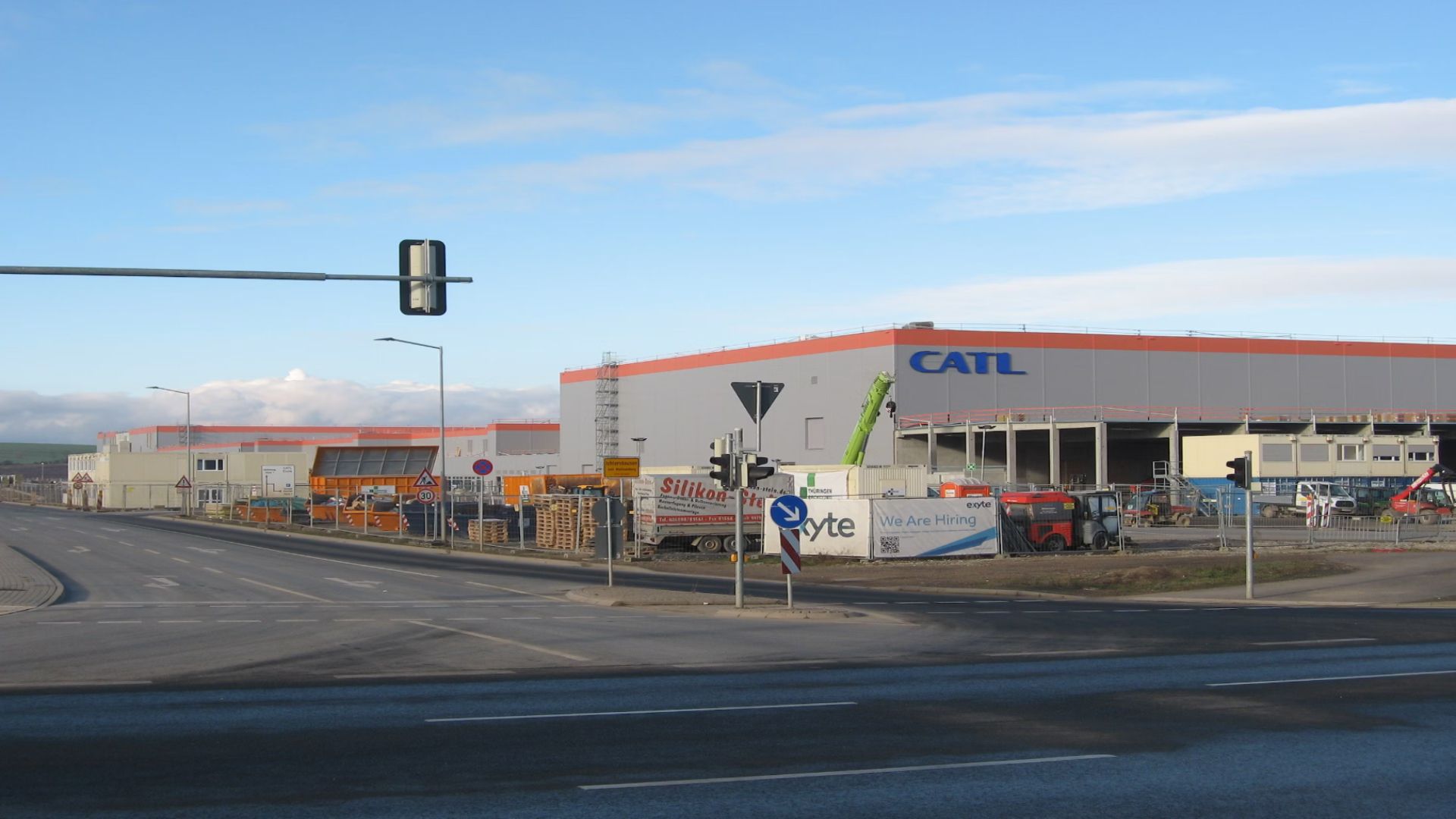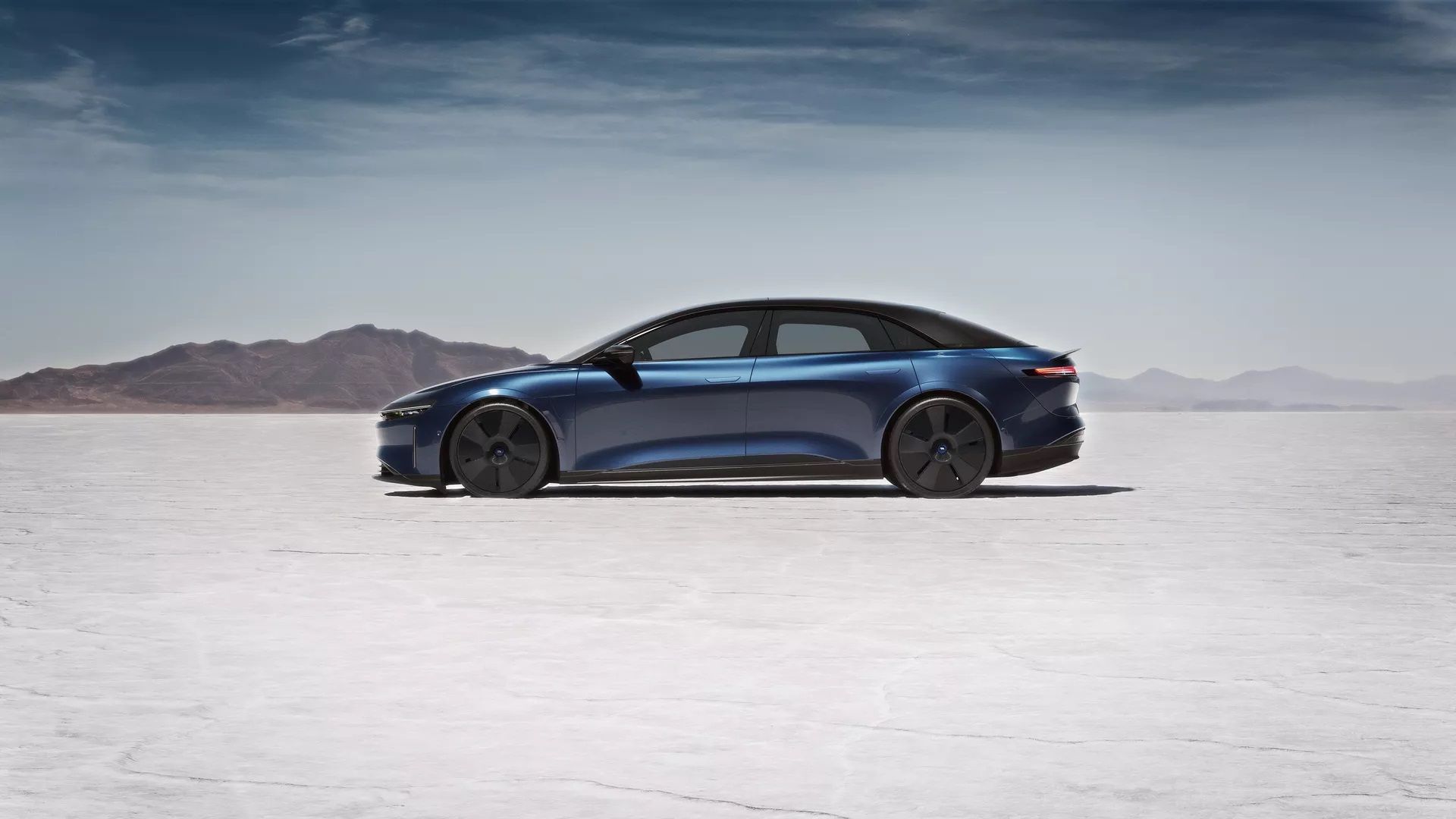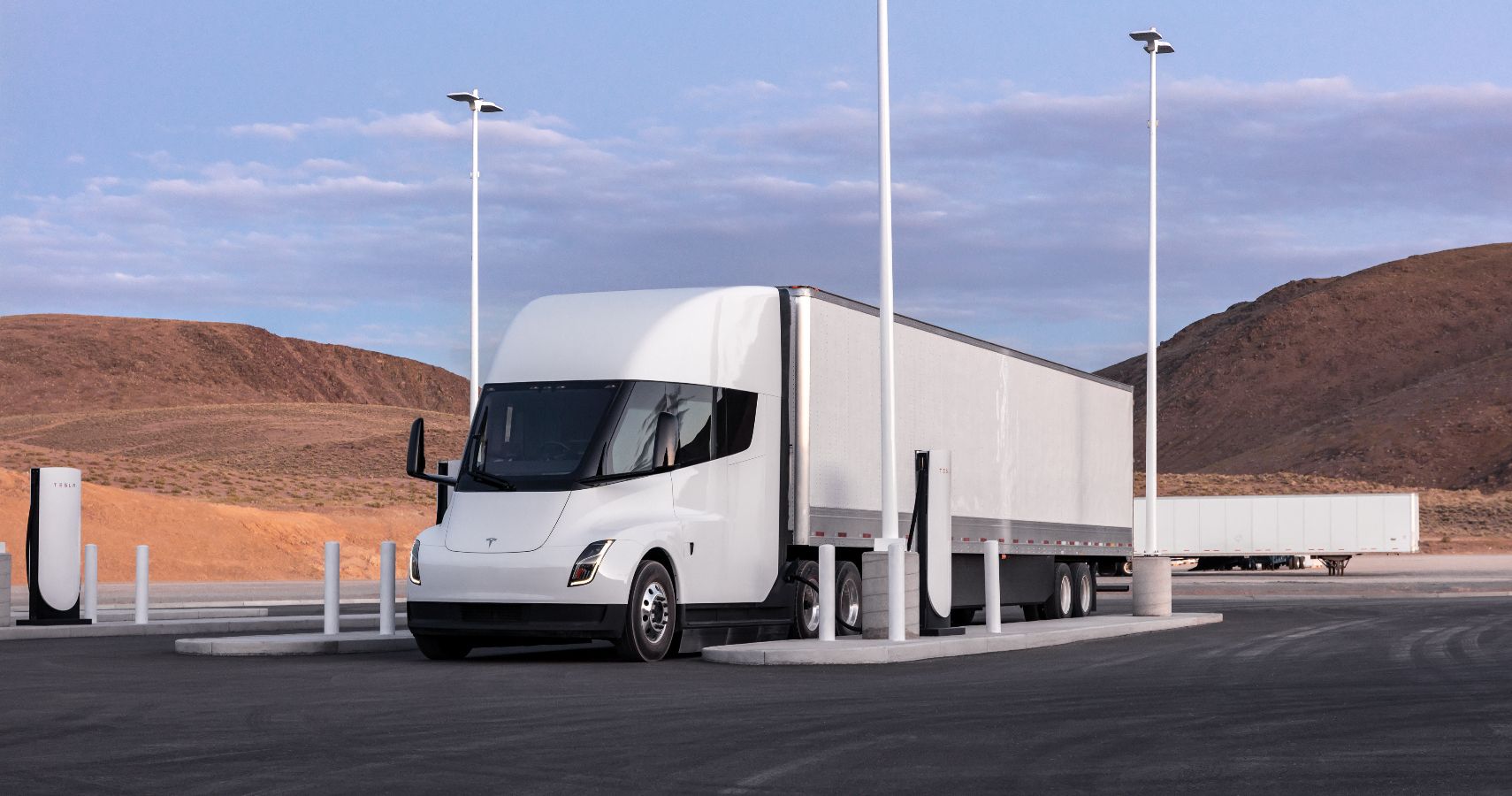Solid-state batteries will offer an improvement in safety, power output, energy density, and cost-efficiency compared to traditional lithium-ion batteries. They will be a major factor in the expansion of the electric car market and the increase in popularity of electric cars. With the steady advances the technology behind solid-state batteries has been making, it is expected to become available commercially before the year 2030. Specialist companies like Solid Power and QuantumScape have partnered with companies like BMW, Ford and Volkswagen to get this technology out quickly.
The main benefit of solid-state batteries compared to conventional lithium-ion is they have significantly more energy density. This will allow vehicles to travel farther on one charge and have a greater range - up to 600 miles in some cases. In addition, they may become cheaper to produce than current battery technologies. One of the biggest challenges of SSB technology is safety. Although they are less likely to catch fire, the materials needed must be properly selected and manufactured for them to be reliable. Scalability is another drawback. Toyota is currently at the forefront of the technology with over 1,300 leading patents. They're looking to use the technology in their hybrid cars first before going full electric.
1 Increased Energy Density
Solid-state battery technology comes with improved energy density. A solid-state cell has a very different internal structure from a lithium-ion cell. Unlike lithium-ion or lithium polymer batteries that have flammable liquid or polymer gel electrolytes between their anodes and cathodes, solid-state batteries have solid electrodes and electrolytes which improve the stability of the battery and increase safety. A higher density makes solid-state batteries capable of holding up to three times the capacity of a lithium-ion battery. This would bring about smaller battery sizes with longer-range capabilities. With this, the SSB technology would impact other sectors of the industry like electric scooters and motorcycles. Solid-state batteries are capable of providing more energy per kilogram of material used than Lithium-ion cells, hence the expectation of higher range capabilities than the lithium-ion battery cell.
2 Weight Reduction With Solid-State Batteries
Solid-state batteries offer dramatic weight reductions compared to lithium-ion. With this, an EV could have a much lighter battery and weight overall, which would have a large impact on its energy efficiency and cost-effectiveness. This will lead to lighter cars overall, and this is what will be needed for cars like an all-electric Porsche 911. This will impact vehicle performance, motor power output, drive handling as well as battery efficiency. With electric vehicles prioritizing aerodynamics to produce the most energy-efficient vehicle, this comes as a huge benefit. A vehicle like the Tesla Model S can weigh in at 2,089 kg and 625 kg of that would be due to the battery. Due to the technology of lithium-ion, a larger number of cells need to be packed into a single cell to deliver a large range. For example, the Tesla Model S Plaid has 1,584 cells in its battery pack!
3 Longer Battery Range
Part of the excitement attached to the solid-state batteries technology is the potential to drastically improve vehicle range. The potential of the longer range is due to solid-state batteries being more energy dense than the current industry standard lithium-ion batteries. The presence of solid electrodes makes them able to hold more energy than lithium-ion batteries. Scientists have been speculating that solid-state batteries would be able to hold two to three times the capacity of a conventional lithium-ion battery. This means solid-state batteries will be able to travel distances of up to 500 and 600 miles as standard. This will certainly be a major breakthrough for electric vehicles in general because there would be finally a closer similarity between the range of internal combustion engine vehicles and EVs, eliminating range anxiety in the process.
4 Increased Safety And Stability
Lithium-ion batteries are prone to heating up, catching fire, and exploding under certain conditions. Solid-state batteries are more stable than lithium-ion as a result of the non-flammable components it is made up of which ensures it operates at much higher temperatures with reduced combustion risks. Also, the solid-state battery technology will make EVs safer in terms of impact resistance and shock absorption because solid-state batteries contain fewer components which are more compact than lithium-ion batteries, making them less prone to damage in the event of an accident. Solid-state technology also operates at higher temperatures and is more resistant to high pressure, so it can be designed to be more durable than lithium-ion battery design. This makes sure of fewer chances of damage from vibrations or shocks when it is subjected to intense forces.
5 Cheaper Materials And Manufacturing Costs
Solid-state batteries don't require the same kind of energy-consuming production processes lithium-ion batteries require. For example, the absence of liquid electrolytes removes the need for extra energy to evaporate and then condense back into liquid form. The high cost associated with solid-state technology can be linked to its several drawbacks like dendrites that build up in the battery during charging which affect its performance. Eliminating these drawbacks is part of what has delayed the technology so long including the expensive nature of those currently in use like in RFIDs and pacemakers. Auto manufacturers believe that when the technology is eventually ready, materials needed for production will be cheap enough to impact the overall cost of electric vehicles. Because of this, solid-state batteries can be mass-produced at a much lower cost to result in cheaper electric vehicles in the future.
6 Improved Charging Speed
When the EV movement began, a full charge could be attained in 40 minutes to two hours depending on the kinds of chargers being used. With the relatively small battery ranges on offer then, that meant having to spend a lot of time making a rather short trip. Solid-state batteries will take recharging to the next level. They are capable of a faster rate of charge and as a result, EVs will be recharged in less than 10 minutes, like stopping at a gas pump. This improved charging speed will lead to more convenience on longer trips. With long ranges and quick charging, EVs will travel long distances like ICEs. SSBs also feature a higher charge retention rate, which means that even after long periods of disuse, EVs will maintain most of their charge for much longer periods.
7 Temperature Stability And Heat Management With EV Solid-State Batteries
Heat management and temperature stability are major areas of concern for the current EV battery technology. Solid-state batteries potentially address these issues due to their unique properties. SSBs are more stable and able to withstand extreme temperatures unlike conventional lithium-ion batteries because the absence of a liquid electrolyte means that they have a much lower thermal runaway temperature. This is why they are ideal for use in EVs, which are often exposed to hot temperatures on the exterior and extremely cold temperatures on the interior. SSBs also have a higher heat conductivity than regular lithium-ion batteries, which means they can dissipate heat quicker through their solid structure. This heat management system can significantly reduce the risks connected with overheating which keeps the battery running efficiently, increasing its lifespan.
8 Reduced Environmental Impact
Solid-state batteries are much more environmentally friendly than lithium-ion batteries. The battery production process reduces the need for rare earth metals like cobalt. These solid-state batteries do not need cobalt or nickel, because recent advancements have introduced a polymer nanocomposite electrolyte and iron fluoride cathodes that are capable of delivering more than double the energy per kilogram of a traditional lithium-ion battery at a far lower cost. The absence of cobalt and nickel removes the dependence on deep sea mining and sourcing from war-torn zones where child labor is used. This goes a long way to reducing the pollution of water bodies as well as their massive usage like in South America where 2.2 million liters of water can be used to produce a single ton of lithium.
9 Greater Durability And Longer Lifespan
The compact nature of the materials needed to produce the solid-state batteries means less potential for the motion of the materials within the cells. Also, the presence of the solid electrode means fewer chances of degradation within the cells. This means solid-state batteries will have an impressive life cycle advantage over conventional lithium-ion batteries. They will have greater durability which will bring about a longer lifespan. For EV owners, that results in lower costs in the maintenance of the battery. Since solid-state batteries will have a longer lifespan than lithium-ion batteries, they will also take longer before they will need to be disposed of. This will also lead to decreases in the burden placed on recycling and disposal services while reducing the discharge of hazardous gases from spent batteries left to accumulate in landfills.
10 More Versatility For Vehicles
If you had thought conventional EVs' potential was already being pushed to the limits, with solid-state batteries, the possibilities are even greater. The very structure of solid-state battery technology allows for use in all sorts of vehicle types, ranging from traditional two-wheeled motorbikes to full-bodied cars and even trucks. Additionally, their ability to produce consistent power output makes them for race cars. With the current technology, EVs enjoy a quick burst of power due to instant torque and get insane 0-60mph acceleration times but the speed begins to taper off as the ride wears on and that's where the ICEs tend to catch up and overtake. This is due to lithium-ion and its issues with high temperatures. That doesn't occur with solid-state batteries which will give the vehicle consistent speed as the drive wears on.

